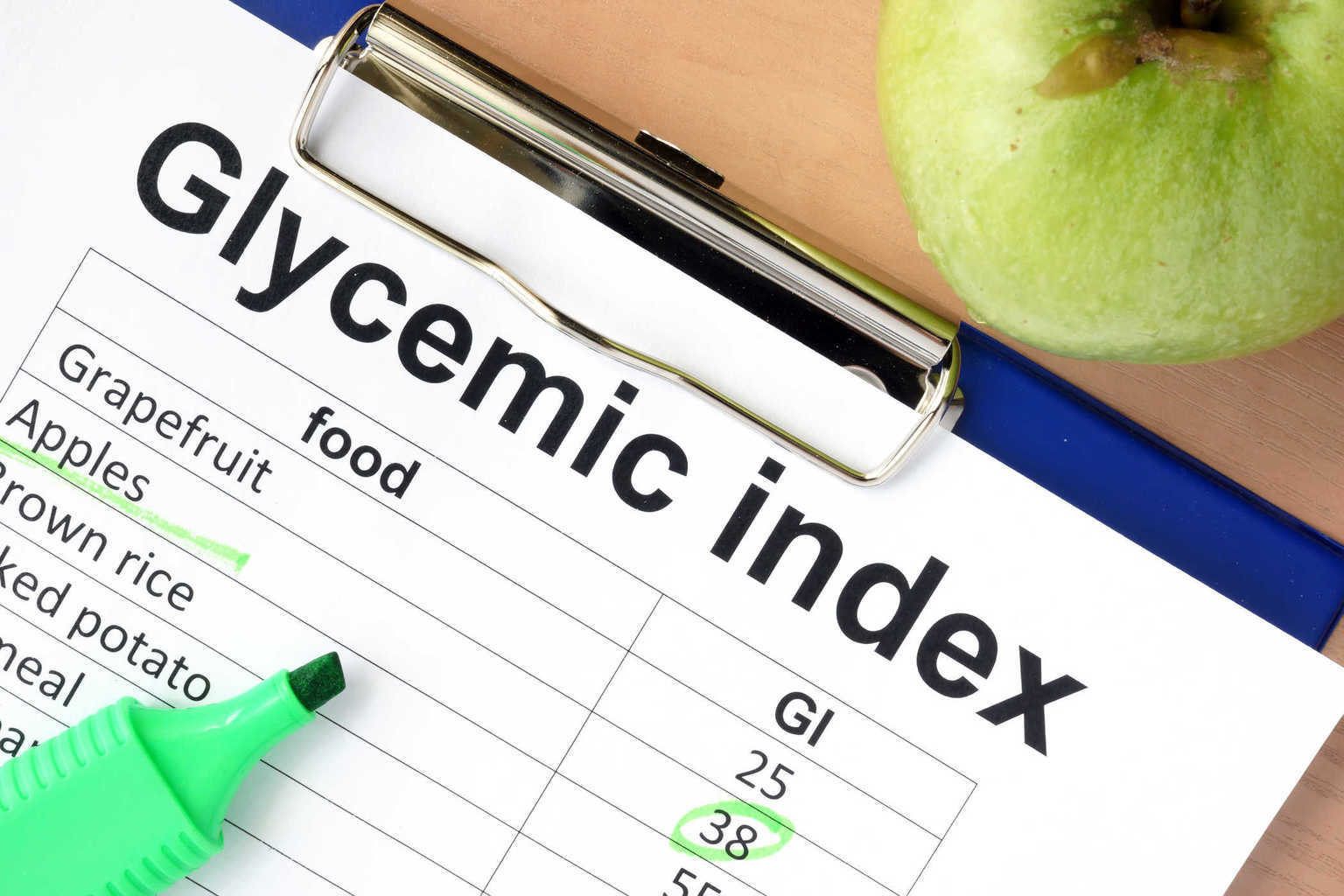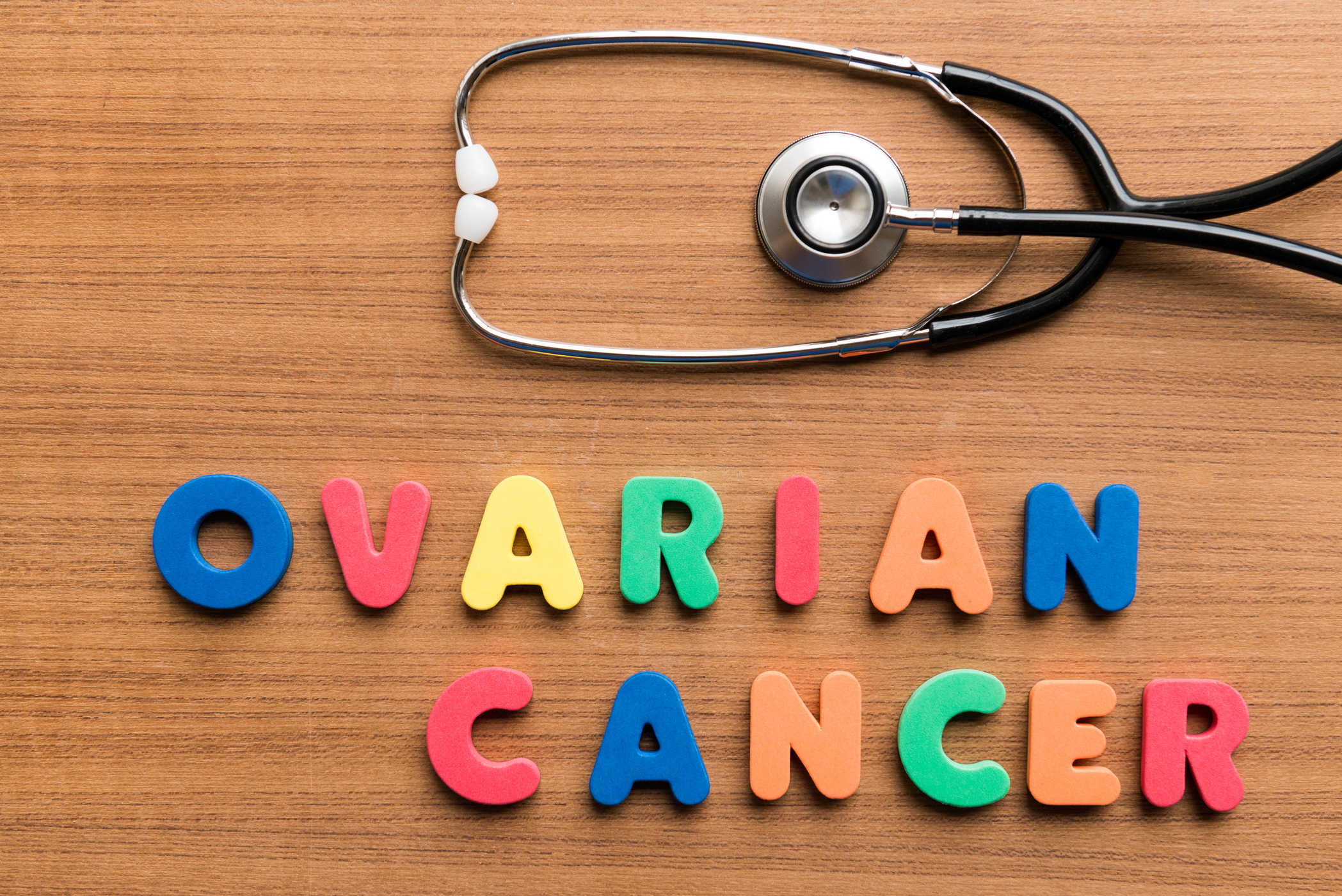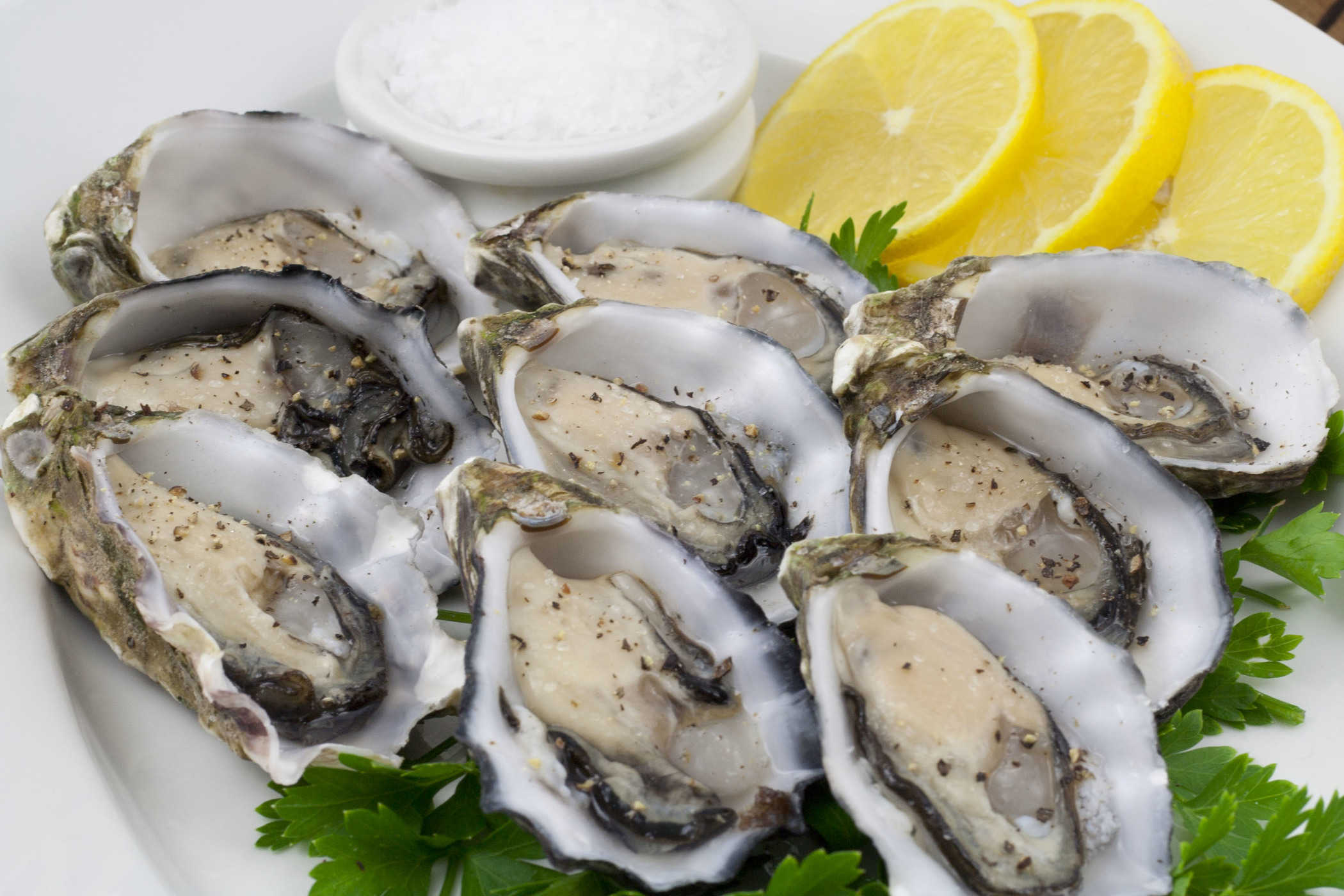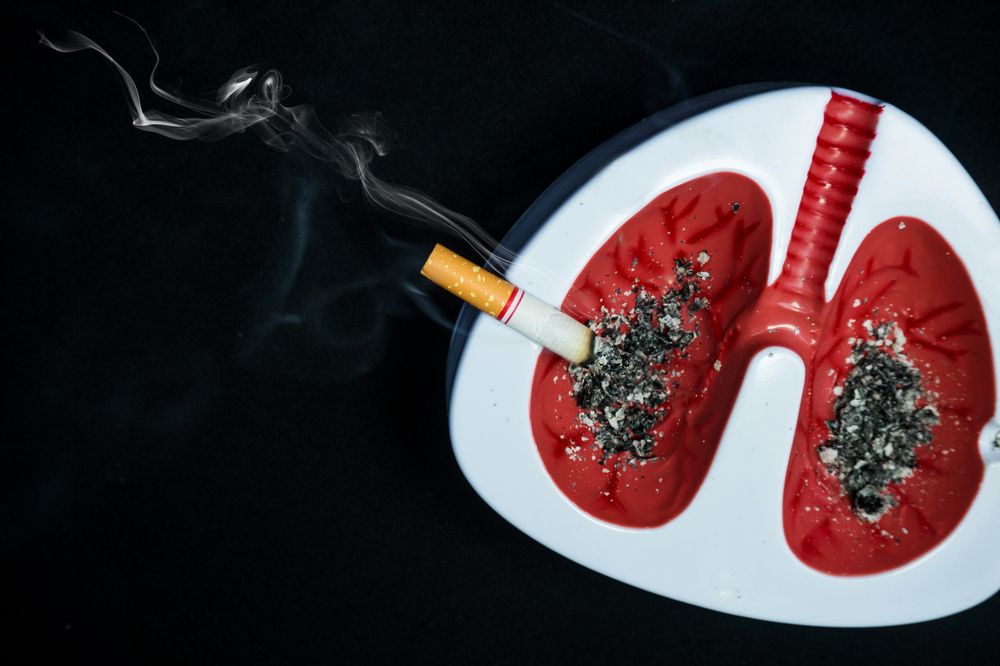Contents:
- Medical Video: How to Determine the Glycemic Index of Food
- Low GI food (55 or less)
- Medium GI (56-69)
- High GI (70 or more)
- What affects GI food?
- Other considerations
- GI or carbohydrate counting?
Medical Video: How to Determine the Glycemic Index of Food
The glycemic index, or GI, measures what carbohydrate content increases blood glucose available in a food. Foods with high GI produce more blood glucose than foods with low GI.
For blood sugar management, you are encouraged to choose foods with low GI or edang. If you eat high GI foods, you can combine them with low GI foods to help balance food.
Examples of foods containing low GI carbohydrates are brown rice, beans (such as kidney beans and lentils), all non-flour vegetables, some starchy vegetables such as sweet potatoes, fruit, and whole wheat bread and cereals (such as barley, wheat bread, whole wheat bread, and all bran cereals).
Meat and fat do not have GIs because they do not contain carbohydrates.
Below are examples of foods based on their GI:
Low GI food (55 or less)
- 100% whole wheat bread (whole wheat)
- Oatmeal, oat bran, muesli
- Pasta, brown rice, barley, bulgar
- Sweet potatoes, corn, sweet potatoes, peas, lentils and other nuts
- Fruits in general, non-flour vegetables, and carrots
Medium GI (56-69)
- All types of wheat
- Oatmeal ready
- Chocolate, basmati rice
High GI (70 or more)
- White bread or bagel
- Corn flakes, bloated rice, bran flakes, and instant oatmeal
- White rice shortgrain, non-wheat pasta
- Potatoes, pumpkin
- Pretzels, rice cakes, popcorn, salted biscuits
- Melon and pineapple
What affects GI food?
Fats and fiber tend to reduce the GI of a food. As a general rule, the more cooked or processed food is, the higher the GI food. However, this is not always true.
Here's a specific example of several other factors that can affect a GI's food:
- Maturity and storage time - more mature fruit or vegetables, the higher the GI
- Processing - juice has high GI from whole fruit; Mashed potatoes have a higher GI than whole baked potatoes, whole wheat bread (whole wheat) has a lower GI than whole wheat bread
- Cooking method - how long is the food cooked (al dente pasta has a lower GI than pasta cooked until soft)
- White rice with short grains has a higher GI than brown rice.
Other considerations
GI values are a type of carbohydrate in a food, but do not provide information about how many carbohydrates are usually eaten. The portion size of food is still relevant for managing blood glucose levels, both for reducing or maintaining weight.
GI food is different when eaten and when combined with other foods. When eating foods with high GI, you can combine with other low GI foods to offset the effects on blood glucose levels.
Many nutritious foods have a high GI from foods with little nutritional value. For example, oatmeal has a high GI from chocolate. The use of GI needs to be balanced with the principle of basic nutrition variations for healthy food and adjustments to foods with several nutrients.
GI or carbohydrate counting?
There is no single diet or plan that is suitable for all people with diabetes. What's important is to follow a meal plan that is tailored to personal preferences and lifestyle, and help achieve goals for controlling blood glucose, cholesterol and triglyceride levels, blood pressure, and weight management.
Research shows that both the amount and type of carbohydrates in food affect blood glucose levels. Studies also show that total carbohydrate in food, in general, is a strong predictor of blood glucose response from GIs.
Based on research, for most people with diabetes, the first tool for managing blood glucose is the calculation of carbohydrates.
Because the types of carbohydrates can affect blood glucose, GI use may help in "fine-tuning"Blood glucose management. In other words, calculating GI combined with counting carbohydrates can provide additional benefits for achieving the goal of blood glucose levels for individuals who want to put extra effort into monitoring their food choices.












